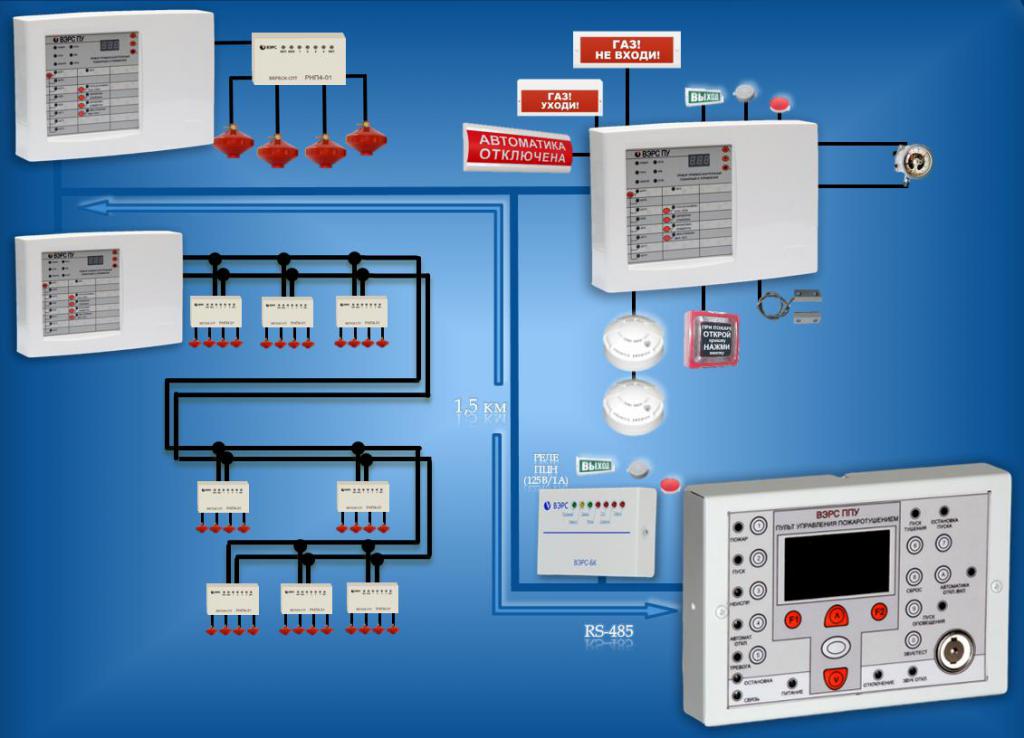Fires in all ages have caused great damage to man. When this happens, not only do homes and property burn out, but people die. It is not surprising that in all ages they tried to inform about the danger as early as possible. This helped to quickly gather people to extinguish, and to warn those who are in danger.
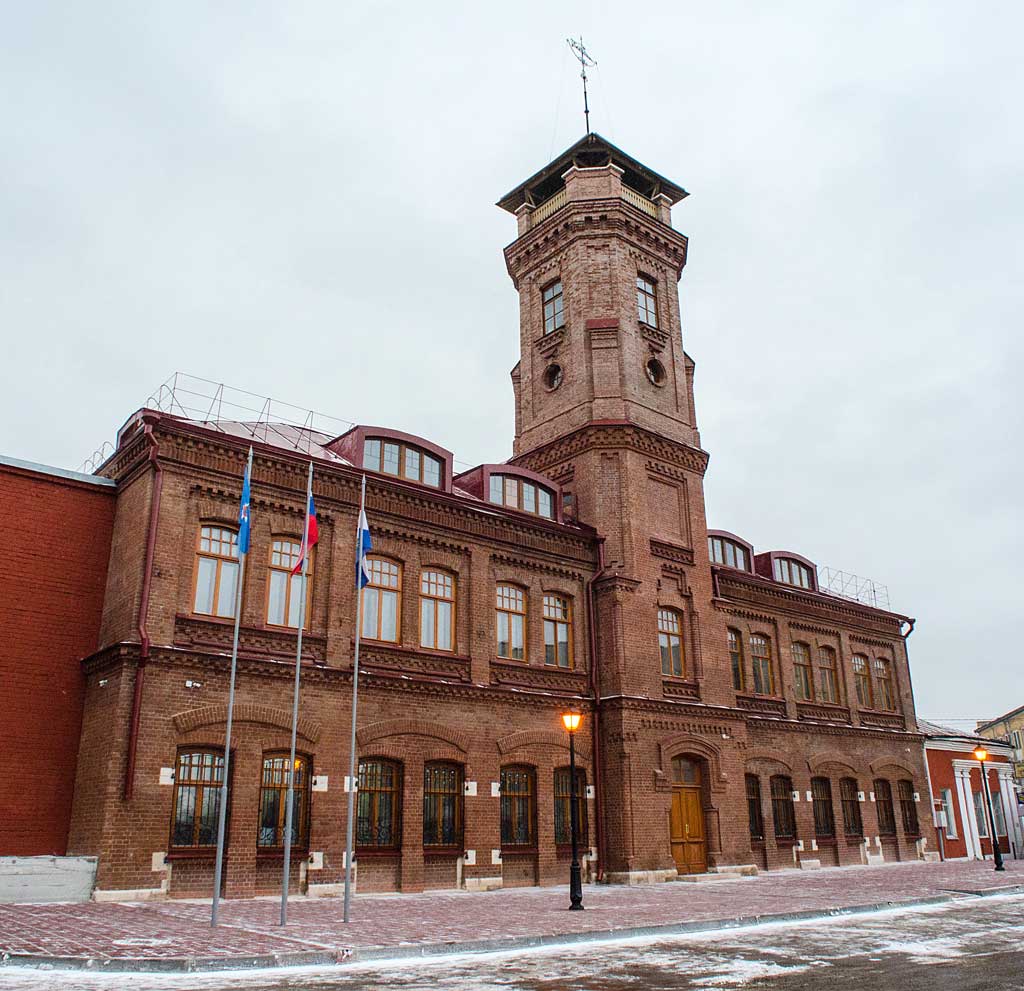
Story
A fire warning system existed in ancient Rome. On the streets there were gongs that were beaten when disaster struck. In Russia, when something was burning, bells were informed about this. There was a special fire alarm ringing. And so that people in a panic would not rush in all directions, a certain number of blows were taken for each area.
In cities, fire towers were built to monitor fires. At the sight of smoke or fire, the duty officer was obliged to send firefighters to the burning place. At the same time, balls, crosses, flags, lanterns were raised on the bow. The combination of these items designated the area and the power of the fire.
The balls were made of metal strips and covered with either leather or canvas. They had a diameter of 70 cm and were painted black. For the cross, the boards were connected with an iron rod for raising to the Kalanch. There were several types of distances between the ball and the cross, which increased the variety of signals. Signals, in the absence of other forms of communication, were transmitted from the tower to the tower, until they reached the mayor. Clear statistics were kept of the "discarded" fires. Of course, such a fire warning system was imperfect. But it allowed to significantly reduce the damage from them.

By the way, in Moscow each fire department had horses of its own suit, and people, seeing the hurrying firemen, knew where they came from.
SOUE
A modern fire warning and evacuation control system (SOUE) is a complex structure that includes many engineering measures. Its types and composition are determined by the current norms and rules. In accordance with the norms (NPB), there are currently five types of organization of warning people about a fire. Each of them can be applied in certain buildings and has its own characteristics.
Least reliable alert type
The first type of alert is sound and light alarms. As sirens, a variety of sirens are used, sometimes combined with a flashing lamp, and "Exit" indicators. This type is the least reliable and is used in buildings and premises where there is no permanent stay of personnel.

Second type
The second type is a sound, light alarm and signs indicating possible escape routes. Unlike the first type, there are signs that should facilitate exit from the building.
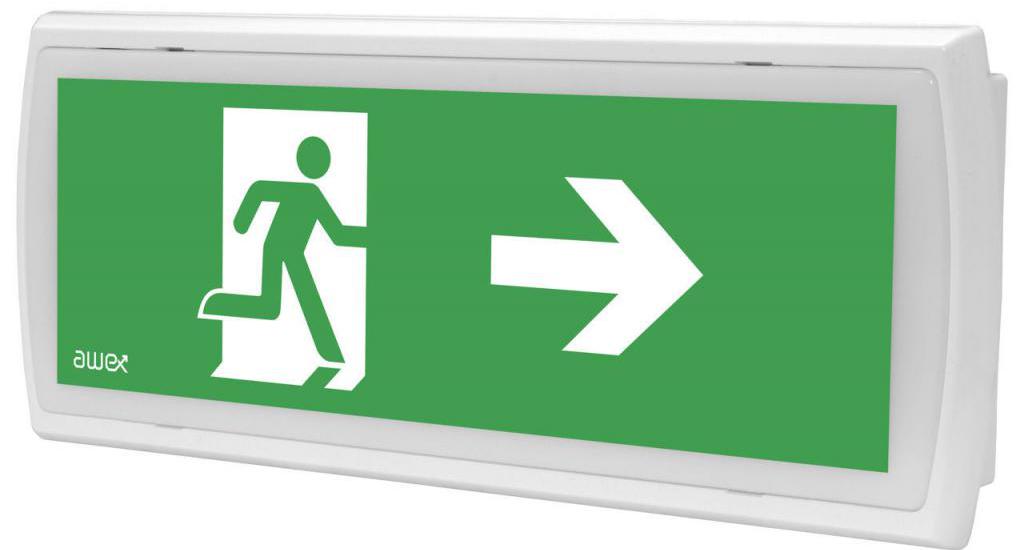
Extended alert type
The third type includes voice, sound, light warning methods. The presence of signs on escape routes is also necessary.
The third type involves the division of the building into warning zones and the presence of mandatory feedback from the fire station premises. It allows you to submit, using a specially organized broadcast network, voice information about the fire, and only to that part of the building where it is necessary.
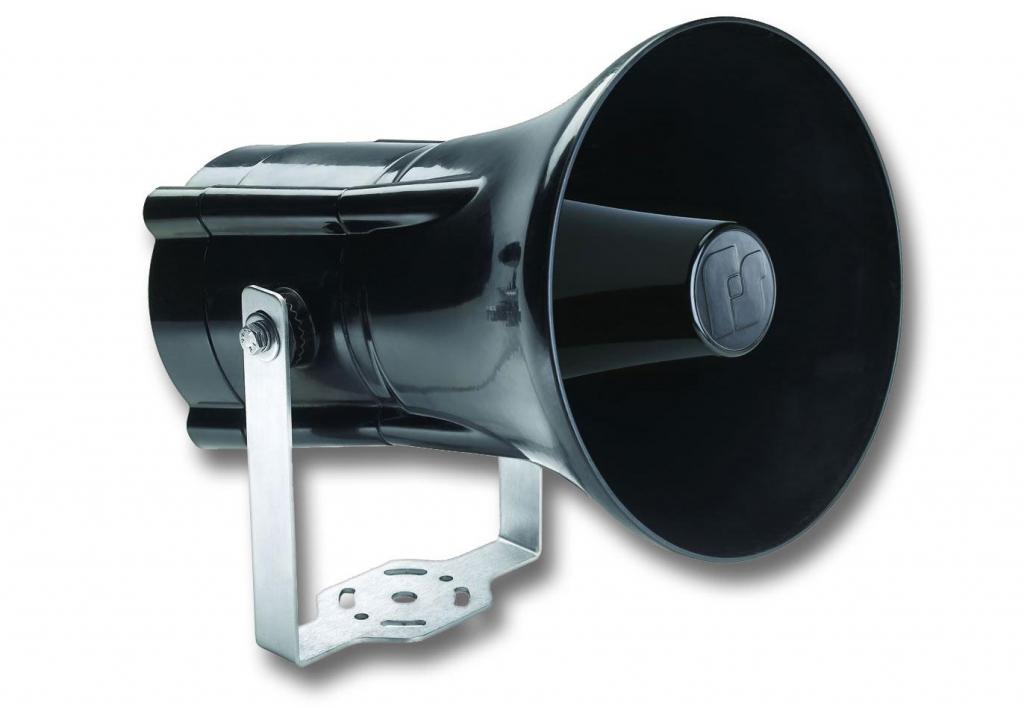
Fourth type
The fourth type differs from the third in the possibility of carrying out different evacuation scenarios from each warning zone. For this, more pointers are used. By the way, the information on them may vary.
The most difficult type of alert
Fifth is the most complex type of fire warning. It includes all of the above elements and can provide both manual and automatic switching on when an alarm is triggered.
Modern technical means make it easy to implement. But do not abuse the capabilities of full automation. If the fire alarm is false, the voice alert can turn on and panic will occur, which can be fatal.
So, for example, in schools, medical institutions, homes of disabled people, the administration must be notified first. In other rooms, it is turned on only after the decision-maker decides to evacuate people.
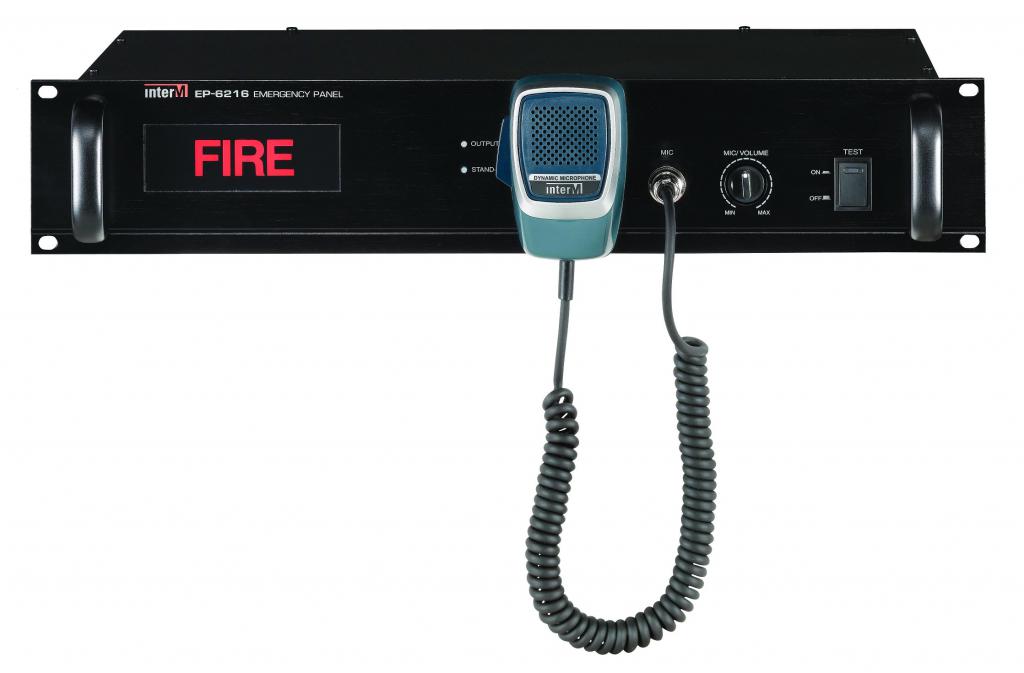
Speech System Features
Voice alert system is a wired broadcast network. Sometimes they create an independent network with only alerts, but more often they use the local radio system to transmit information.
The warning system has an unconditional priority. If necessary, all other programs are terminated and an evacuation notice is transmitted. At the same time, the loudspeakers are connected to the network directly, bypassing the volume controls. In order to ensure high-quality sound, good audibility and speech intelligibility, to calculate the speakers of the required power and their number, an acoustic calculation is carried out. It must take into account the sound pressure level of the speaker, the noise level in the room and the attenuation of sound, depending on the distance.
The minimum sound pressure level must exceed the noise level in the room by at least 15 dB. The noise levels in the rooms vary greatly. So, in office premises it is about 55 dB, and in some industrial premises it reaches 80 dB. Thus, the number and power of sound emitters is determined.
The radiation pattern of the devices must also be taken into account in order to avoid superposition of sound waves and to prevent the occurrence of echoes. All this must be taken into account when placing them. It is not permissible to place the speakers opposite each other. In long corridors, it is better to use a distributed system and place devices of small power with a certain step. This will increase speech intelligibility. Otherwise, in a critical situation, instead of clear and precise instructions, we hear a slurred hiss.
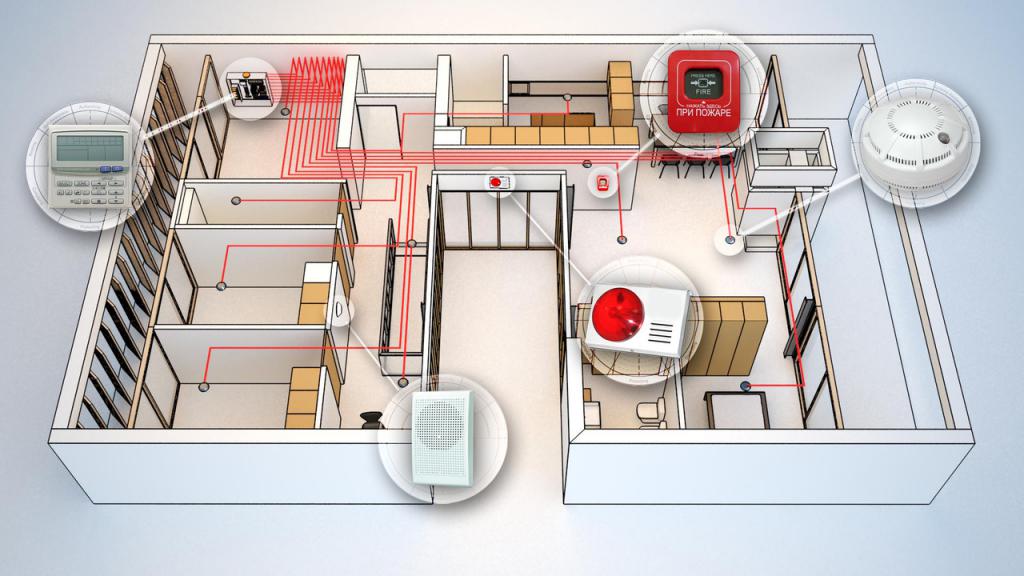
In some buildings, regulations require the installation of loudspeakers on the street, on the facade of the building.
Voice Requirements
The fire warning system has strict requirements for the content of the message. It should include information that is not inconsistent with the evacuation plans available in all buildings. In no case should a spoken text cause panic.
The message should be pronounced legibly, in a calm voice, in places of mass presence of people - in several languages (at least in two - Russian and English). If it is not possible to record the message in advance, then the text should be in a prominent place on duty to be able to read it calmly and without stumbling.
In the warning system, it is necessary to take into account the interests of people with reduced hearing and vision.
Equipment
An automatic fire warning system is an element of the facility's fire safety complex. Its composition must include:
- a device receiving fire signals and giving a command to turn on automatically or with the help of an operator;
- amplification equipment;
- microphones or tape recorders (consoles);
- light indicators;
- sound sources;
- broadcast network.
All equipment must be certified and recommended for use in the Russian Federation. The system must be powered by the first category of power supply. Light indicators and light displays shall be connected to the emergency lighting network.
Installation and Maintenance Requirements
The fire warning and evacuation system is one of the most important in the security complex.
Installation should be carried out by an organization licensed and trained personnel.The system must be installed according to the project, agreed with the Ministry of Emergencies. At the end of the installation work, it is tested individually and as part of a comprehensive testing of all fire prevention measures. Executive documentation and test reports are passed to the customer.
System maintenance should be carried out in accordance with the Maintenance Rules either by special employees in the organization or by a specialized company, and the personnel must undergo appropriate training, and the company must be licensed to carry out these works.
The frequency of visual inspection and preventive maintenance is determined by the equipment manufacturer and is indicated in the technical documentation. Properly organized maintenance will help to avoid false positives, the damage from which can be great. All ongoing maintenance work must be recorded in a special journal, and repair work must be handed over to the customer according to the act.
Fire alarms, fire warning systems, smoke exhaust systems, etc. are an important part of fire prevention measures. Not only the safety of property, but the life and health of people depends on their accurate work. There are no trifles in the creation and operation of warning and evacuation systems in case of fire.
